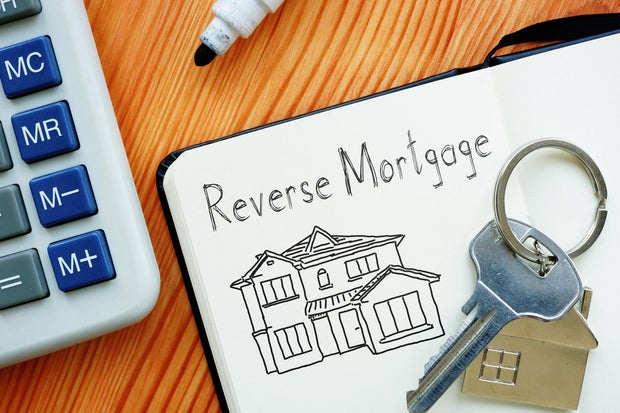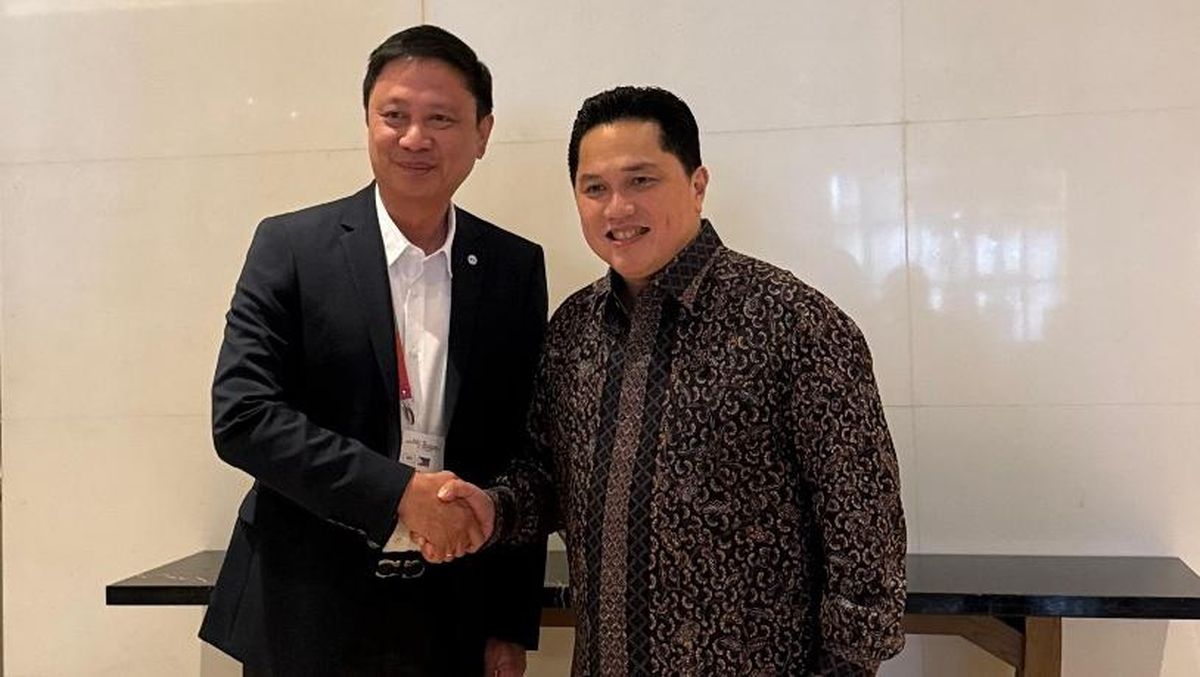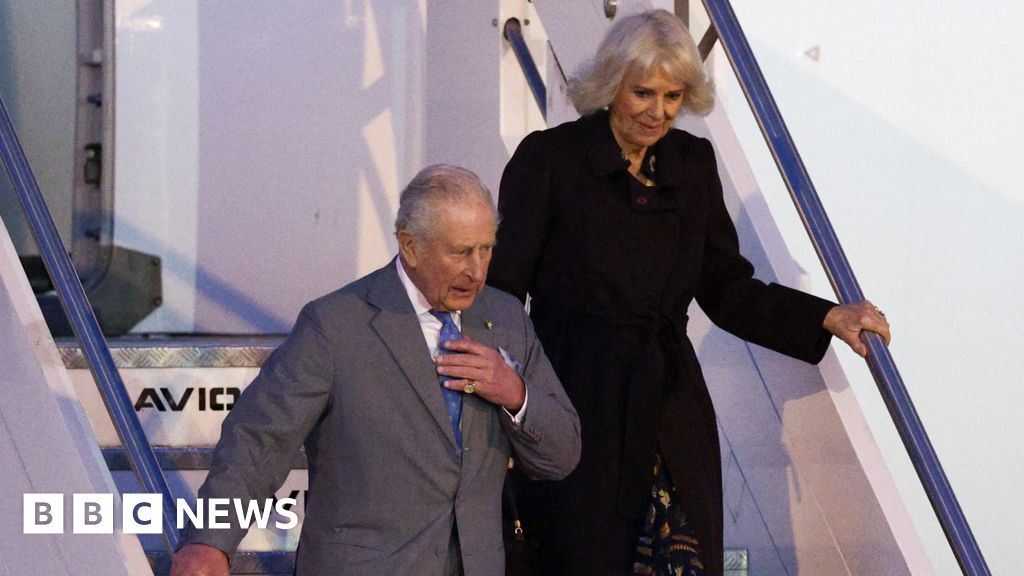 Taking out a reverse mortgage as a couple can be a little more complicated than normal.
Getty Images/iStockphoto
Taking out a reverse mortgage as a couple can be a little more complicated than normal.
Getty Images/iStockphoto
As inflation continues to squeeze household budgets, retirees are feeling the financial pinch in ways they didn't anticipate just a few years ago. Grocery bills that were manageable a year ago are now a hefty financial burden, especially for those on fixed incomes. Property insurance premiums have skyrocketed in many states. And while Social Security recipients do receive cost-of-living adjustments, they often fail to keep pace with the real expenses many couples face, especially considering that healthcare costs are also rising quickly.
Against this backdrop, reverse mortgages are having a moment. Applications have been climbing as more senior homeowners realize that their homes represent hundreds of thousands of dollars in tappable home equity that can be used to supplement their retirement incomes. But when you're married, borrowing against that equity via a reverse mortgage may not be as straightforward as it would be for a single borrower. After all, there are clear borrowing requirements that must be met, and adding a second party to the process can complicate things.
So, how exactly do these senior-focused loans work for married couples, and what should they know before applying? That's what we'll examine below.
Learn how to use a reverse mortgage to supplement your retirement income.
How does a reverse mortgage work for a married couple?
When a married couple takes out a Home Equity Conversion Mortgage (HECM), the federally-insured reverse mortgage loan option most people choose, both spouses are ideally listed as co-borrowers. As co-borrowers, both homeowners are covered by the loan terms, which means both parties can remain in the home for as long as at least one spouse lives there, maintains the property and pays required expenses, like property taxes and insurance.
In addition, both spouses must meet the basic reverse mortgage borrowing requirements. That means they must both be at least 62 years old, live in the home as their primary residence and participate in counseling with a HUD-approved counselor. This counseling session isn't just a formality, either. It's mandatory and designed to ensure couples fully understand the obligations and alternatives before borrowing.
If both qualify, the reverse mortgage loan amount is based on several factors, including the youngest borrower's age, current interest rates, the home's appraised value and the lending limit set by the Federal Housing Administration. Age matters heavily in this scenario, though, as the amount that can be accessed is impacted by the age of the youngest borrower.
The younger you are, the longer the lender has to wait for repayment, so lenders limit how much couples can borrow based on the age of the younger of the two spouses. For example, if you're 68 and your spouse is 62, the loan amount will be calculated using the age of your spouse, who is the younger applicant and has a longer life expectancy. This, in turn, results in a smaller loan amount than it would if both parties were age 68.
Once approved, you and your spouse can choose how to receive the money, just as you would if you were a single reverse mortgage borrower. You can take a lump sum all at once, set up monthly payments to supplement your income, establish a line of credit you can draw from as needed, or combine these options.
Explore your reverse mortgage loan options to find the right fit now.
How to decide if a reverse mortgage makes sense for your household
For couples who are considering a reverse mortgage, the decision shouldn't hinge solely on age or eligibility. It should also be based on how it fits into your overall retirement plan and what it could mean for you or your spouse over time. To help with your decision, you may want to consider the following benefits:
- A reverse mortgage can help eliminate remaining mortgage payments. Paying off an existing home loan with a reverse mortgage can free up monthly income in your retirement budget.
- This type of loan can supplement Social Security or pension income. Couples can choose monthly payouts or a line of credit to cover expenses as needed.
- A reverse mortgage can help you create a financial safety net. With the line of credit option, unused funds can grow over time, offering flexibility for future needs like healthcare or home repairs.
That said, couples should also think carefully about the long-term implications of a reverse mortgage. If the older spouse dies, that could leave the younger one without access to additional loan proceeds or even facing repayment. In these cases, other options like a home equity loan or waiting until both spouses qualify may make more sense.
It's also smart to compare reverse mortgage lenders, as fees and payout structures can vary widely. Working with a HUD-approved counselor is required for all HECM borrowers, and it's a great opportunity to ask questions specific to your situation.
The bottom line
Reverse mortgages can be a valuable financial tool for married couples looking to boost their retirement income while staying in their homes. However, they come with unique rules that can affect how much money you receive and what happens if one spouse dies or moves out. So, before applying, make sure you've considered all your options, and be sure to talk to a qualified reverse mortgage professional who can walk you through the specifics for your household. When done right, though, a reverse mortgage can offer financial peace of mind and help you make the most of your home's value during retirement.
Edited by Matt Richardson


















































